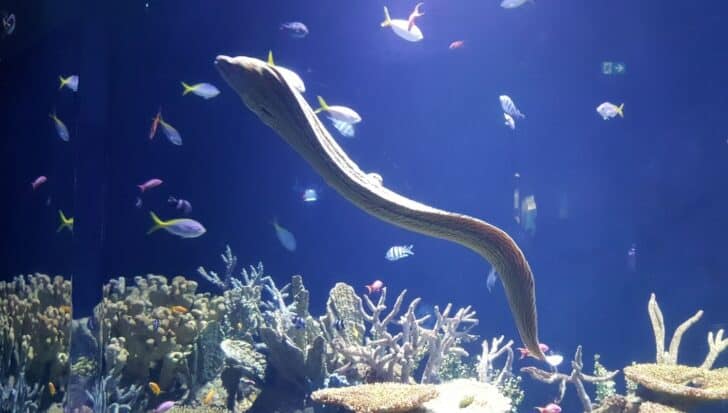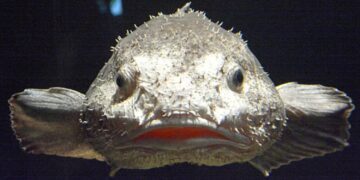You probably know eels as long, snake-like-looking fish that can glide seamlessly through water. You may also know them to be very, very slimy!
However, there are a plethora of weird and wonderful details about these underwater creatures.
Are you ready to enter the water and uncover some intriguing facts about eels? Let’s r-eel some in!
Electric eels can deliver shocks up to 860 volts.
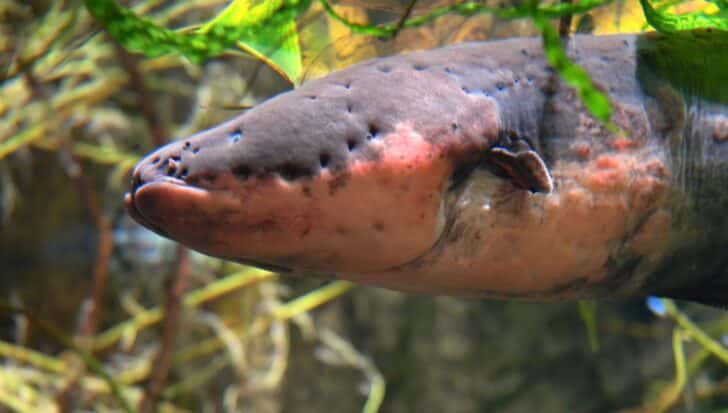
Electric eels have special organs called electrocytes that can produce electricity to stun their prey.
When an electric eel detects its next meal, its brain transmits a signal to the electrocytes, prompting them to send out a mighty shock!
Electric eels aren’t actually eels.
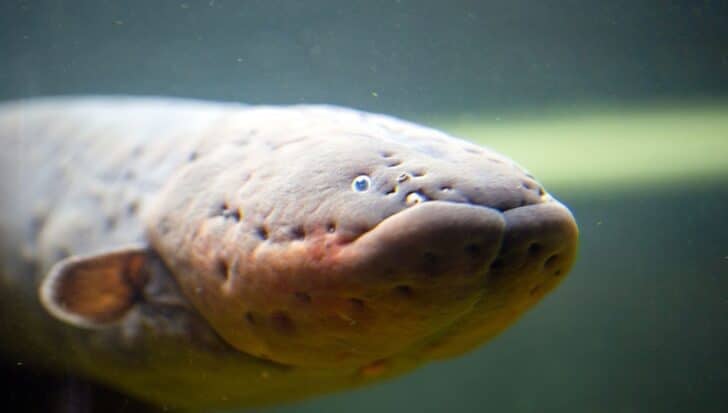
Although electric eels have the word “eel” in their name, they are more related to catfish than true eels.
Originating from South America, electric eels are categorized under a special group called electrophorus and belong to the Gymnotidae family.
One eel lived more than 150 years.

Although European eels tend to live between 15 and 20 years, one notable eel lived for around 155 years in the Swedish village of Brantevik.
Captured by an eight-year-old boy, the Brantevik eel was placed in his family’s well around 1859 to maintain water quality. Astonishingly, the eel survived there until it passed away in 2014.
Eels can also swim backward.

Watching eels swim through water is quite mesmerizing, and the way they can move in both directions is by creating waves using the full length of their body.
Moving forward and backward allows eels to maneuver through tight spaces in the water, hunt prey more efficiently, and escape predators.
Most eel species are active during the night.
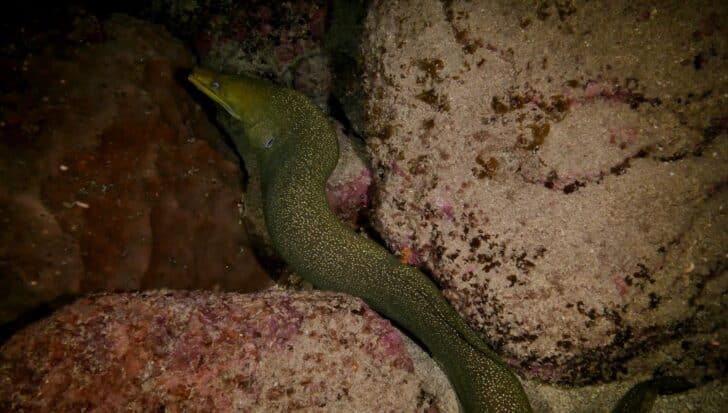
Most eels are nocturnal, meaning they primarily emerge when the Sun is down. During the day, they like to hide and keep a low profile.
At night, eels hunt prey, relying on their sense of smell rather than their vision to catch food.
Some eel species are born in the Bermuda Triangle.

American and European eels originate in the Sargasso Sea, situated within the mysterious Bermuda Triangle.
As newborns, they embark on an epic journey to mature in the rivers of Europe and North America.
Once they reach adulthood, they undertake a voyage back to the Sargasso Sea to lay their eggs, continuing this remarkable cycle.
Some eels can survive outside of the water.
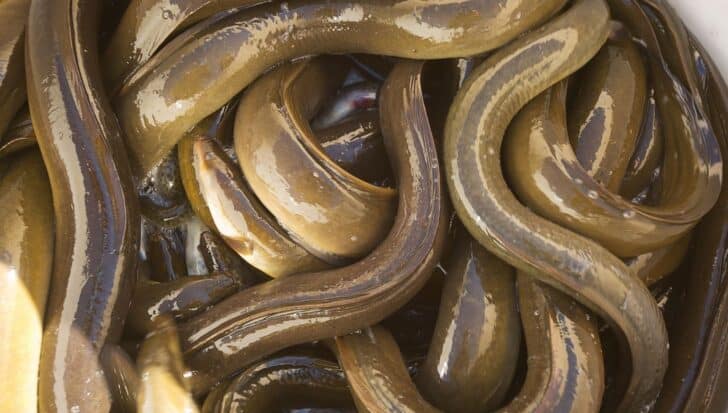
Most eels produce a slippery, slimy mucus that coats their bodies. This slime allows some eel species to survive for several hours without being in their aquatic environment.
Their slimy coating also helps eels avoid predators and acts as a shield against parasites and infections. Additionally, it allows eels to travel through water a lot easier.
A diver was once attacked by an enormous conger eel.
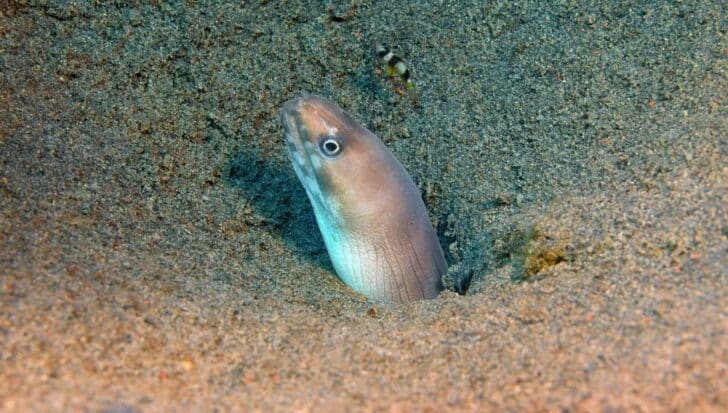
We’ve all heard of shark attacks, but have you ever heard of an eel attack before? Back in 2013, deep-sea diver Jimmy Griffin was targeted by a giant conger eel during an expedition in Ireland.
The conger eel, which Griffin described as six feet (1.8 meters) in length, latched onto his face and began throwing him around before it let go!
Eels are so popular in Japan they’ve become an endangered species.

The people of Japan regularly eat Japanese freshwater eels, known locally as unagi, in various dishes.
One of the most popular is Unadon, glazed grilled eels served with a bowl of steamed rice.
However, in November 2018, the International Union for Conservation of Nature (IUCN) declared these eels an endangered species.
Some young eels are completely see-through when born.
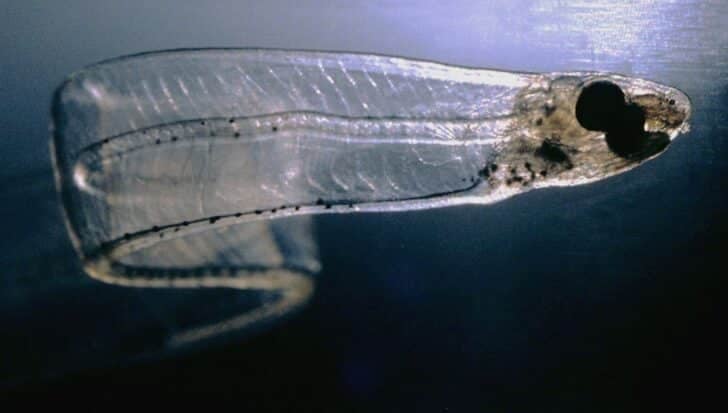
When certain types of eels, like those in the Anguillidae family, are born, they hatch as clear, see-through larvae in the ocean.
From there, they transform into baby glass eels, remaining transparent.
This incredible feature helps juvenile eels go unnoticed as they travel vast distances through the ocean, leaving predators to look elsewhere for their next meal.
Eels are revered on an island in French Polynesia.

As the story goes, eels were gifted to the people of French Polynesia’s Huahine Island by the demigod Maui. Since then, they have become sacred, providing food, spiritual energy, and protection.
There’s even a famous bridge on the island, Moorae Bridge, where many sacred eels can be seen in a mountain stream.
Some eel species are cannibals.
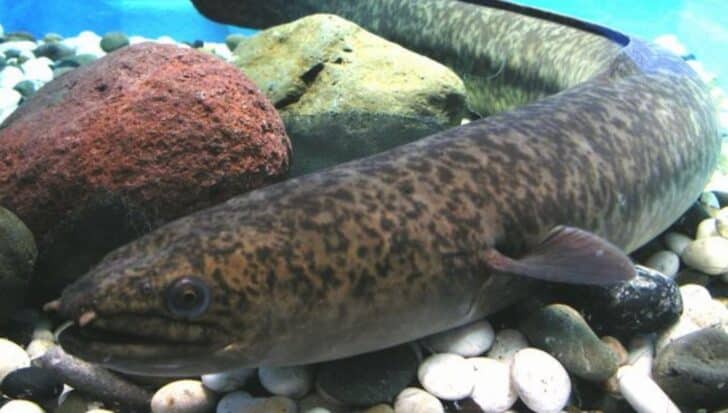
Eels are generally carnivores, but some types of eels, such as the giant mottled eel, have been documented consuming their own species.
While other eels, such as moray eels, have previously been found eating smaller eels, evidence recorded in 2021 of giant mottled eels eating each other was the first of its kind.
There are around 1,000 different kinds of eel species.
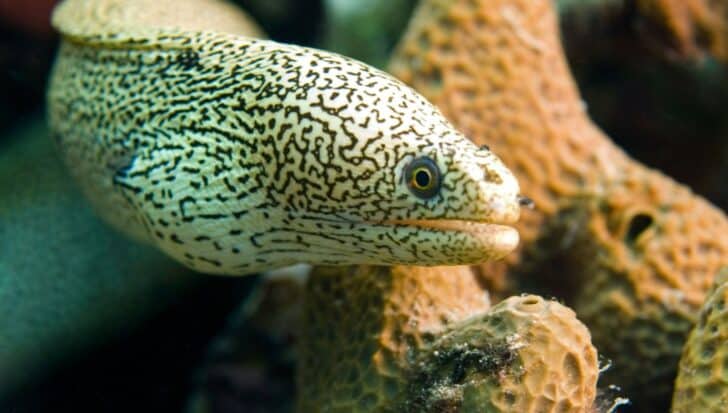
This diverse array of eel species belongs to 20 families and a variety of different classifications.
A couple of the most interesting species of this fish include the pelican eel, aptly named for its large, pelican-like mouth, and the spaghetti eel, known for its lengthy and narrow body.
Moray eels have two sets of jaws.
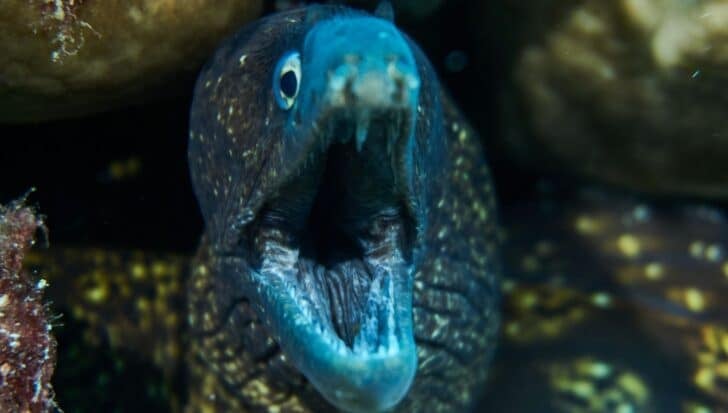
Moray eels use their extraordinary two jaws and piercing teeth to catch and eat their prey easily.
Their second jaw, located in the throat, helps move prey closer for eating after the primary jaw captures it.
Hawaiian garden eels can camouflage themselves as seagrass.
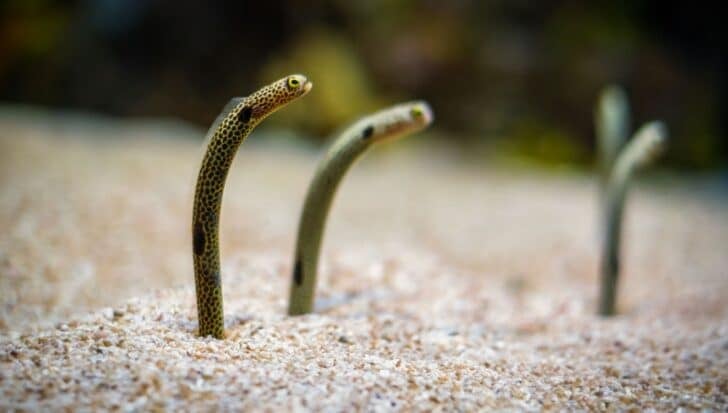
Hawaiian garden eels use this intriguing trick to disguise themselves and catch their prey at the bottom of the water.
Meanwhile, moray eels can also blend into their surroundings. Their dense mucus coating helps them camouflage effectively in the dark and blend seamlessly into rocky crevices.
A legendary slender giant moray eel measured a terrifying 12.9 feet (3.94 m).

Slender giant morays are found in the Indo-West Pacific Ocean and typically grow to around 10 feet (3 m) in length.
This remarkable (and terrifying!) specimen was found in Queensland, Australia, all the way back in 1927.
Young longfin eels can climb waterfalls.
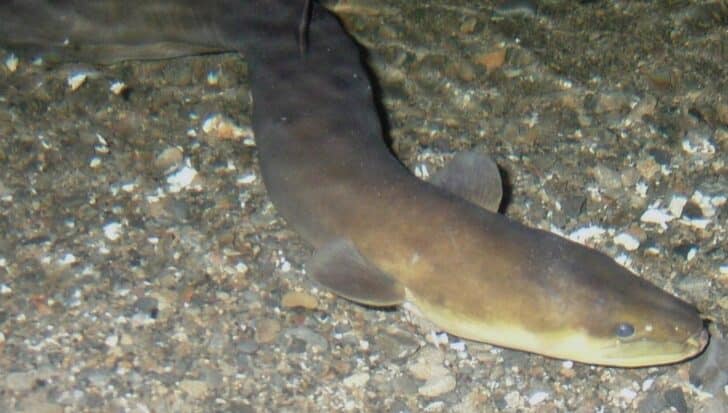
These remarkable juvenile eels, commonly found in New Zealand, can often scale waterfalls up to 65.6 feet (20 m) high!
Their impressive climbing abilities allow them to wriggle over damp areas of land, giving them access to rivers and inland lakes.
There, they live out their lives until it’s time to return to the sea to breed.
Without a doubt, eels are brimming with an abundance of quirky details!
Whether it’s the benefits of an eel’s mucus or the annual breeding ritual of European and American eels, these fish are truly wonders of the natural world.
There’s certainly plenty to digest and take in from this eel-uminating collection of facts.

